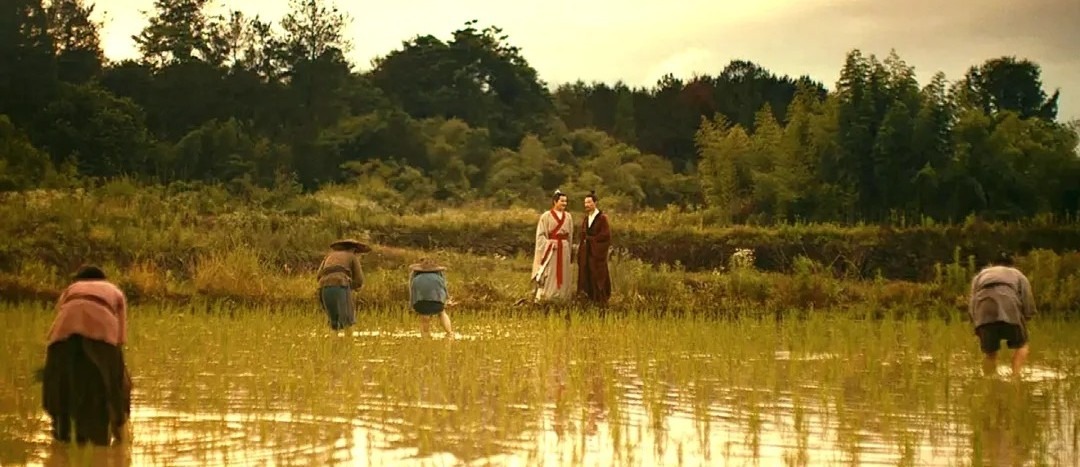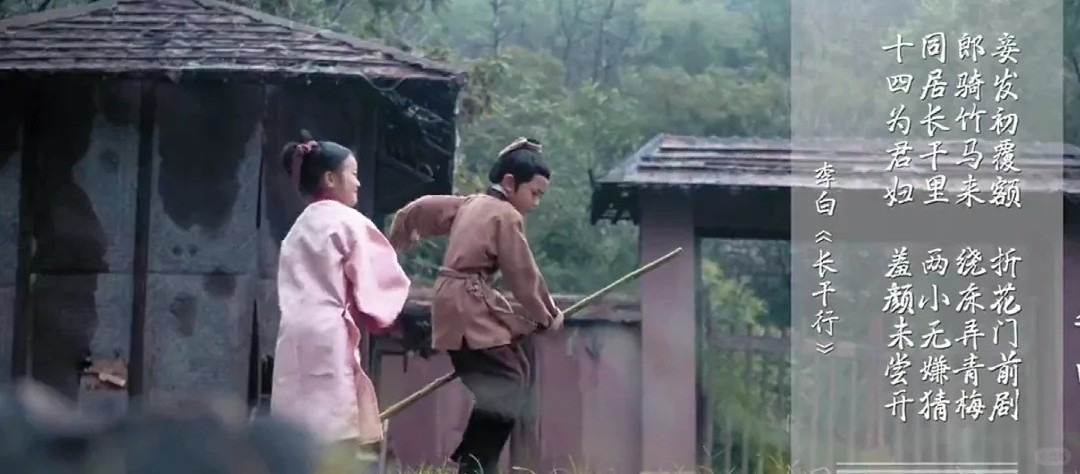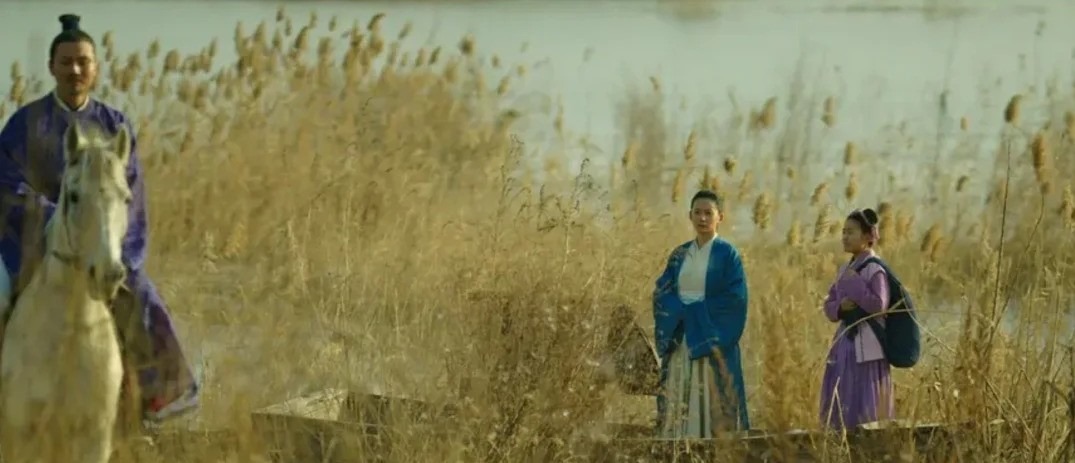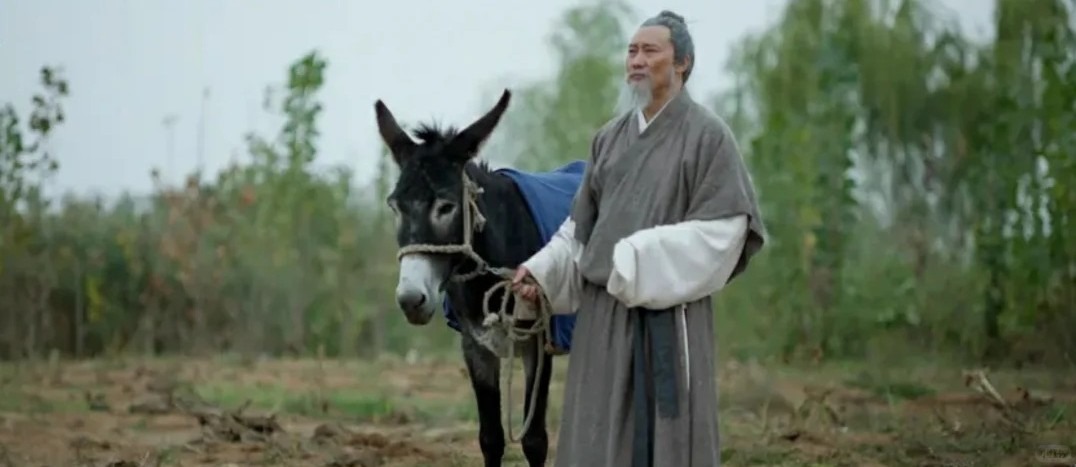From Villages to Civilizations: Rethinking “China” through the Lens of Tianxia
Over the past weeks, we have wandered through the ancestral lanes of Wuyi villages, tracing how kinship, reciprocity, and ritual practice continue to structure rural life in southern China. We have seen how gifts are exchanged not just in celebration but in the renewal of bonds; how ancestral halls are not relics but living institutions; how young people navigate between autonomy and obligation. These are not isolated customs. They echo something far deeper: a way of imagining belonging, authority, and identity that stretches across centuries.
This week, we take a step back. Instead of asking what rural China looks like, we ask: What is “China” at all?
This question may seem obvious, but it is anything but. We can define China by its modern borders, but these are less than a century old. We can speak of its 56 recognized ethnic groups, but even these are recent political categorizations. Or we might turn to culture, but what culture? Confucianism? Daoism? Buddhism? In practice, all have coexisted—and at times competed—on Chinese soil.
China, then, may be best understood not as a modern nation-state, but as a “Tianxia State” (天下国家)—a civilizational form whose boundaries were historically cultural rather than territorial, whose membership was inclusive rather than ethnic, and whose cohesion depended on shared rituals more than legal borders.
The Origins of Tianxia: A World without Borders

The idea of “Tianxia”—literally, “all under heaven”—did not emerge in abstraction. It was shaped by the geography of the Central Plains, where early Chinese polities like the Shang and Zhou arose. Unlike the Nile, Indus, or Mesopotamian valleys, the Yellow River basin is relatively open. There were no seas or deserts to define its limits. As a result, early Chinese rulers imagined the world not as a bounded space but as a series of concentric cultural circles radiating from the political center.
This model is clearest in the Zhou dynasty’s “feudal” system. At the center was the Son of Heaven. Around him were noble houses, then allied states, then so-called “barbarians”—the Yi, Man, Rong, and Di. But crucially, these designations were not racial or permanent. Anyone who adopted the rituals and moral norms of Zhou—what would later be called “Huaxia culture”(华夏文化)—could become part of the Tianxia.
We see here the conceptual seed of the civilizational state: belonging was cultural, not genetic; performative, not inherited.
From Imagination to Institution: Qin, Han, and the Unity of Culture

While Zhou offered the model, it was the Qin and Han dynasties that institutionalized Tianxia. Through standardizing currency, script, laws, and weights and measures, they began to concretize what had once been a symbolic order. Under Han Wudi(汉武帝), the adoption of Confucianism as state orthodoxy provided an ethical spine to the political body.
At the same time, the state expanded southward and westward, incorporating new peoples and regions. The key mechanism of integration was not assimilation in the modern sense, but ritual absorption. Local elites of different tribes were invited to participate in the moral and ceremonial order of the empire.
Yet even during the Han, the border was never hard. The Great Wall, often cited as evidence of isolationism, was not a cultural barrier but a defensive line against nomadic threats. The cultural logic of Tianxia remained: barbarians could become civilized; outsiders could become insiders.
The Zenith of Tianxia: Openness in the Tang

It is in the Tang dynasty that Tianxia reached its apex—not only in geographic scale but in intellectual confidence. The Tang court welcomed diplomats, monks, traders, and scholars from Central Asia, India, Persia, and even Europe. Chang’an(长安)was a cosmopolis; its marketplaces offered both silk and saffron.
What made Tang unique was not just its power but its openness. The court did not insist on cultural purity. Instead, it absorbed foreign dress, cuisine, astronomy, medicine, and thought. Buddhism flourished, but so did Nestorian Christianity and Zoroastrianism. Even the bureaucracy was porous: Koreans, Japanese, and Central Asians took the imperial exams and held office.
This was not multiculturalism as modern liberal states imagine it. Rather, it was Tianxia in action: a world in which all who entered the ritual-political order became part of the whole.
Decline and Closure: The Rise of Boundaries in Ming and Qing

From the Song onward, the civilizational confidence of Tianxia began to erode. Besieged by rival kingdoms, Song intellectuals turned inward. Neo-Confucianism (especially the Cheng-Zhu school) began to emphasize moral purity and cultural exclusivity.
Under the Ming and Qing, this tendency deepened. The state became increasingly bureaucratic, hierarchical, and suspicious of difference. Maritime bans closed off oceanic exchange. The vibrant syncretism of the Tang gave way to orthodoxy. Ritual remained—but its horizon narrowed.
In political terms, the Ming centralized authority to an unprecedented degree. The abolition of the prime ministership, the rise of secret police, and the subordination of scholar-officials to imperial whim all signaled a system where vertical control replaced horizontal integration.
By the 19th century, China was no longer a Tianxia—it was an empire facing modern nation-states, yet lacking their institutional agility. The result was tragic: when Western powers arrived, the Qing lacked both the flexibility and confidence to absorb, adapt, or respond.
Wuyi and the Echoes of Tianxia
And yet—fragments endure.
Return to the Wuyi villages, and we find something quietly profound. The ancestral halls, the ritual calendars, the gifting practices—these are not merely “traditions”. They are the residues of a civilizational logic that once spanned an empire.
Centuries ago, the Wuyi region was inhabited by the Baiyue peoples(百越), a diverse group of tribes who once lived across southern China. Though linguistically and culturally distinct from the northern dynasties, many Baiyue groups were gradually incorporated into the cultural and administrative frameworks of successive Chinese states—not by conquest alone, but by ritual absorption, intermarriage, and the spread of shared customs.
In Wuyi, people still belong to networks not because of where they live, but because of whom they recognize, whom they remember, and how they perform respect. There is no passport for this kind of belonging. There is only participation.
In this sense, Wuyi is not peripheral—it is central. It reminds us that the idea of China as a Tianxia was never just a fantasy of emperors. It was—and perhaps still is—a lived structure of meaning, one that valued culture over coercion, memory over maps.
As we continue to explore China from the ground up, we carry with us a deeper question: can the village illuminate the world? In Wuyi, it just might.
Frequently Asked Questions
Tianxia (天下) means "all under heaven" and refers to an ancient Chinese worldview in which political and cultural belonging was defined by shared values and rituals, not territorial borders. It imagined a civilizational order centered on culture and ethical participation rather than ethnicity or geography.
No. For most of its history, China was not defined by clear geographic borders but by cultural inclusion. Different groups—such as the Baiyue—were incorporated through ritual, moral alignment, and social integration, not through modern concepts of citizenship.
Wuyi offers a living trace of the Tianxia logic. Rituals, kinship systems, and ancestral halls in Wuyi villages still structure belonging through cultural participation rather than institutional boundaries, echoing ancient civilizational practices.
From the Song to the Qing, China increasingly emphasized cultural orthodoxy and political centralization. The once-flexible and inclusive order gave way to rigidity and isolation, culminating in the state’s inability to respond to global modernity.
While the modern Chinese state is defined by national borders and centralized authority, elements of Tianxia thinking—particularly the emphasis on moral community and cultural continuity—persist in rural life and cultural memory, especially in places like Wuyi.
Steven
Roots of China was born from my passion for sharing the beauty and stories of Chinese culture with the world. When I settled in Kaiping, Guangdong—a place alive with ancestral legacies and the iconic Diaolou towers—I found myself immersed in stories of migration, resilience, and heritage. Roots of China grew from my own quest to reconnect with heritage into a mission to celebrate Chinese culture. From artisans’ stories and migration histories to timeless crafts, each piece we share brings our heritage to life. Join me at Roots of China, where every story told, every craft preserved, and every legacy uncovered draws us closer to our roots. Let’s celebrate the heritage that connects us all.



